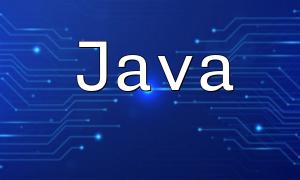With the increasing use of web services and APIs in modern development, SOAP (Simple Object Access Protocol) remains a vital communication method in many enterprise applications. PHP offers native support for SOAP, making it a solid choice for building both SOAP clients and servers. However, enabling the SOAP extension in CentOS requires some additional configuration. This guide walks you through how to set it up and use it effectively.
SOAP is an XML-based protocol designed to exchange structured information between network services. Compared to REST, SOAP offers stricter standards and enhanced capabilities, making it well-suited for complex enterprise system integrations.
On CentOS, the SOAP extension may not be enabled by default in PHP. Here's how to install and activate it:
sudo yum updatesudo yum install php-soapAfter installation, restart Apache or Nginx to apply changes:
sudo systemctl restart httpdOr:
sudo systemctl restart nginxYou can verify whether the SOAP module is active by creating a PHP info file:
<?php
phpinfo();
?>Save this as info.php and access it through your browser. Search for “soap” in the output. If SOAP information is displayed, the extension is successfully enabled.
Once the SOAP extension is installed and verified, you can build a PHP SOAP client. Here's a simple example:
<?php
// Create a SOAP client
$client = new SoapClient("http://www.example.com/service?wsdl");
// Call a SOAP method
$response = $client->SomeSoapMethod(array("param1" => "value1"));
// Output the response
var_dump($response);
?>Make sure the WSDL URL is accessible and not blocked by a firewall. Also verify that your PHP configuration does not disable SOAP support.
Use try-catch blocks to handle SOAP errors and exceptions gracefully:
<?php
try {
$response = $client->SomeSoapMethod(array("param1" => "value1"));
} catch (SoapFault $fault) {
echo "Error: {$fault->faultcode}, Message: {$fault->faultstring}";
}
?>By following the steps outlined above, you can successfully enable and use the PHP SOAP extension on CentOS. While SOAP is more structured than REST, its robust features still make it a reliable choice for enterprise-level service communication. This guide aims to help you get started with integrating SOAP in your PHP applications on CentOS with confidence.









